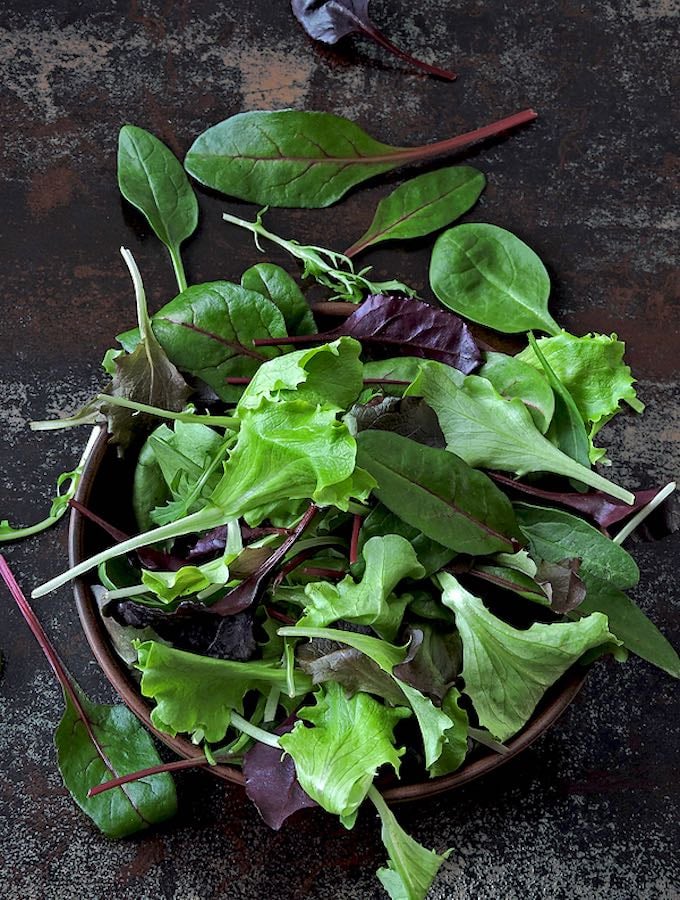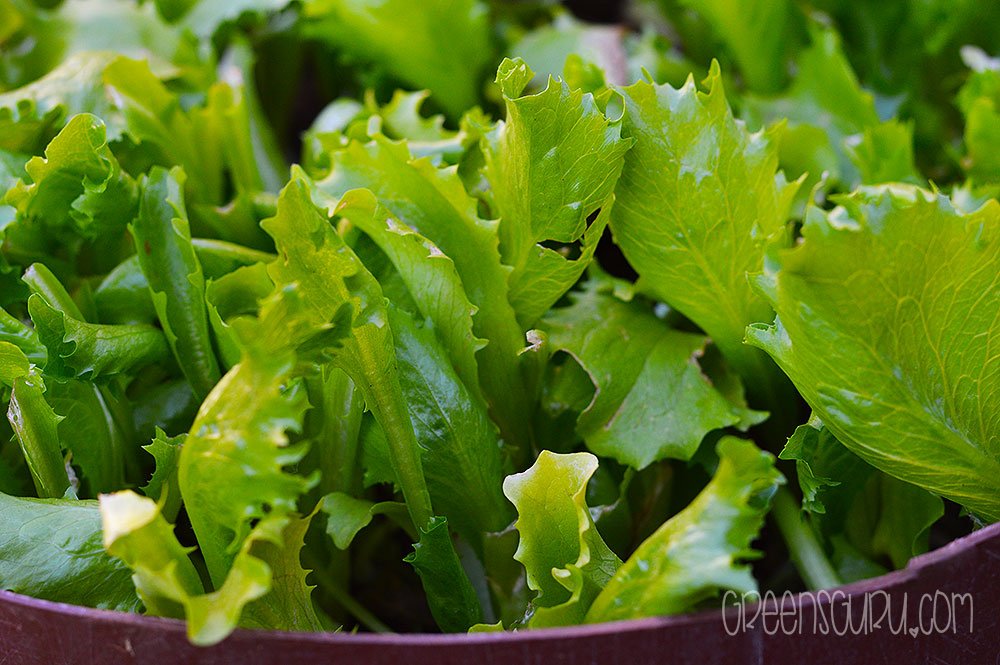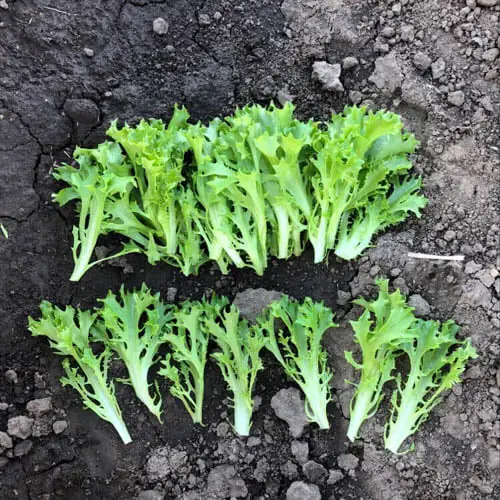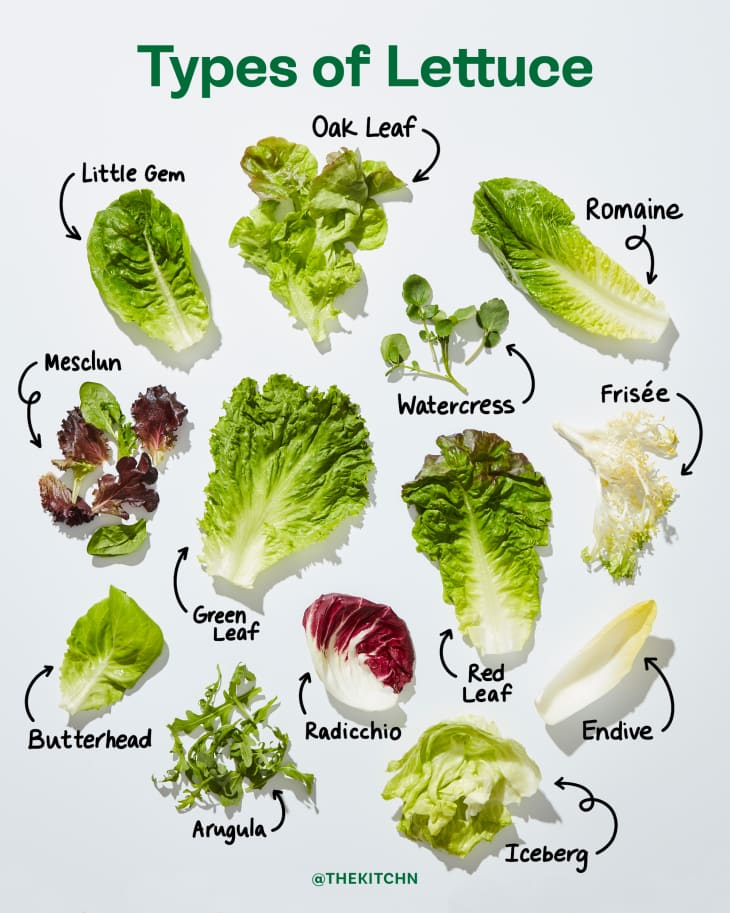So, you’ve probably seen it on menus or at the grocery store, this vibrant and delicate green known as baby lettuce. But what exactly is it? Well, baby lettuce is not just a smaller version of its fully grown counterpart, but rather a mix of immature lettuce leaves that are harvested at an early stage. These tender and flavorful greens come in various varieties, from butterhead to romaine, and are known for their mild taste and tender texture. Whether you’re a salad enthusiast or just curious about the world of leafy greens, let’s take a closer look at what baby lettuce is all about.
What is Baby Lettuce
Definition of Baby Lettuce
Baby lettuce refers to the young, tender leaves of lettuce plants that are harvested before they fully mature. Unlike mature lettuce, which has larger and tougher leaves, baby lettuce is prized for its delicate texture and mild flavor. It is often characterized by its small size, vibrant colors, and variety of leaf shapes.
Varieties of Baby Lettuce
There are several popular varieties of baby lettuce, each with its own unique characteristics. Some common types include:
- Lollo Rosso: This variety has frilly, burgundy-red leaves that add a touch of elegance to salads.
- Oak Leaf: Oak leaf lettuce is named for its lobed, oak leaf-shaped leaves. It comes in green and red varieties, and has a mild, sweet taste.
- Butterhead: Butterhead lettuce is known for its soft, buttery-textured leaves. It has a mellow flavor and forms loose heads.
- Mesclun: Mesclun mix is a blend of different baby lettuces, as well as other greens like arugula and spinach. It offers a wide range of flavors and textures in one package.
- Romaine: Baby romaine lettuce has small, crisp leaves that resemble miniature romaine hearts. It is slightly more robust in flavor compared to other baby lettuces.
These are just a few examples of the many varieties of baby lettuce available. Each type of baby lettuce brings its own unique taste and texture to dishes.

Nutritional Value of Baby Lettuce
Baby lettuce is not only delicious but also packed with important nutrients. It is low in calories and fat, making it an excellent choice for those aiming to maintain a healthy weight. Baby lettuce is also a good source of fiber, which aids in digestion and keeps you feeling full.
In terms of vitamins and minerals, baby lettuce is a great source of vitamin A, vitamin C, and potassium. Vitamin A is essential for maintaining healthy vision and supporting immune function, while vitamin C acts as an antioxidant that helps protect cells from damage. Potassium is important for heart health and maintaining proper blood pressure.
Cultivation of Baby Lettuce
Baby lettuce can be grown in gardens or even in small pots on a balcony or windowsill. It thrives in cool weather and prefers well-drained soil.
To cultivate baby lettuce, start by sowing seeds or planting seedlings in an area with plenty of sunlight. Make sure to water the plants regularly, keeping the soil consistently moist but not waterlogged.
It is important to manage weeds, as they can compete with the lettuce for nutrients and water. Regularly remove any weeds that appear around your baby lettuce plants.

Harvesting and Storage of Baby Lettuce
Baby lettuce can be harvested once the leaves have reached a suitable size, usually around 3 to 4 inches in length. To harvest, simply cut the leaves near the base, leaving the rest of the plant intact. This allows the lettuce to continue growing and producing more leaves for future harvests.
Freshly harvested baby lettuce should be stored properly to maintain its freshness. After washing the leaves, gently dry them and store them in a breathable plastic bag or container lined with a paper towel. Keep the lettuce in the refrigerator, where it can stay fresh for up to a week.
Health Benefits of Baby Lettuce
In addition to its nutritional value, baby lettuce offers several health benefits. Its high fiber content promotes healthy digestion and can aid in preventing constipation. The presence of vitamin A in baby lettuce also benefits eye health and can contribute to maintaining good eyesight.
Furthermore, baby lettuce contains phytonutrients, such as chlorophyll and carotenoids, which have antioxidant properties. These compounds help protect cells from damage caused by harmful free radicals and may reduce the risk of chronic diseases such as heart disease and certain types of cancer.

Cooking and Serving Baby Lettuce
Baby lettuce is often enjoyed raw in salads, where its tender leaves provide a refreshing and crisp texture. It can also be used to add a pop of color and flavor to sandwiches, wraps, or tacos.
When cooking baby lettuce, it is best to avoid prolonged cooking times, as this can cause the leaves to become wilted. Instead, consider adding baby lettuce towards the end of the cooking process in stir-fries or lightly wilting it by adding it to hot pasta or soups just before serving.
Popular Baby Lettuce Recipes
Here are a few popular recipes that showcase the versatility of baby lettuce:
- Strawberry and Baby Lettuce Salad: Toss baby lettuce with fresh strawberries, sliced almonds, and a tangy balsamic vinaigrette for a delightful summer salad.
- Chicken and Baby Lettuce Wraps: Fill large leaves of baby lettuce with seasoned grilled chicken breast, julienne vegetables, and a drizzle of peanut sauce for a light and delicious lunch or dinner option.
- Grilled Baby Lettuce with Lemon-Mustard Dressing: Lightly brush baby lettuce heads with olive oil and grill them until slightly charred. Serve with a zesty lemon-mustard dressing for a unique twist on a salad.
These recipes are just a starting point, and you can experiment with different flavor combinations and dressings to suit your taste.

Buying and Selecting Baby Lettuce
When buying baby lettuce, look for leaves that are vibrant in color and free from any signs of wilting or yellowing. The leaves should be crisp and not have any slimy or mushy spots. If buying pre-packaged baby lettuce, check the expiration date and ensure that the packaging is intact.
If possible, opt for organic baby lettuce to reduce exposure to pesticides and other chemicals. Organic lettuce is also often more flavorful and has a higher nutrient content.
Tips and Precautions for Using Baby Lettuce
Here are a few helpful tips and precautions to keep in mind when using baby lettuce:
- Wash the leaves thoroughly before consuming to remove any dirt or bacteria that may be present.
- Avoid storing baby lettuce near ethylene-producing fruits, such as apples or bananas, as the gas released by these fruits can cause the lettuce to spoil faster.
- Be mindful of portion sizes, as baby lettuce can add up quickly in salads and dishes. While it is low in calories, excessive consumption can still contribute to overeating.
By following these tips and precautions, you can ensure that you enjoy the taste and benefits of baby lettuce in a safe and healthy manner. So go ahead, embrace the crispness and delicate flavors of baby lettuce in your next meal!




